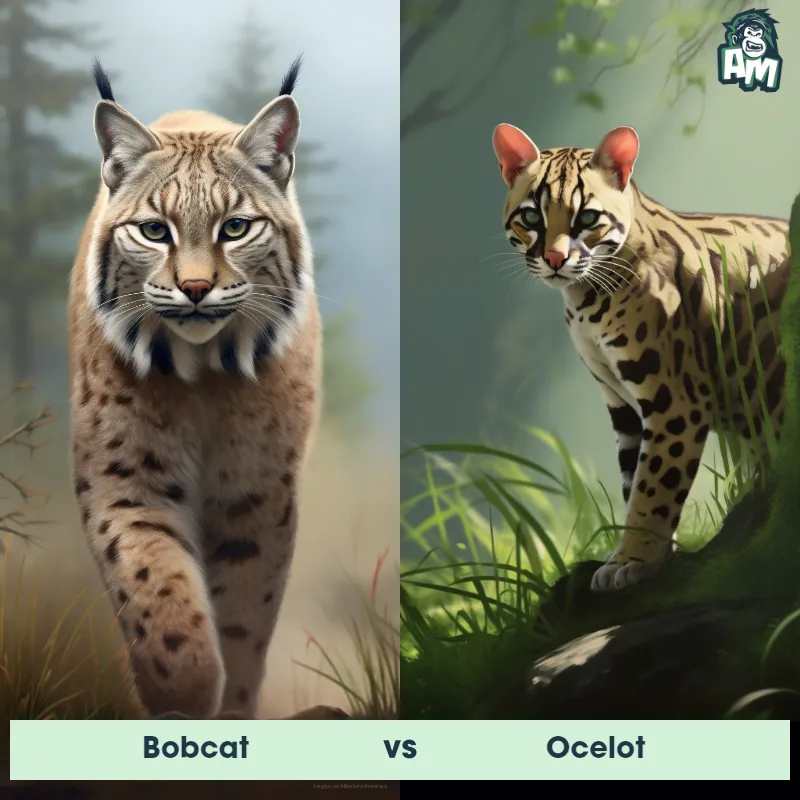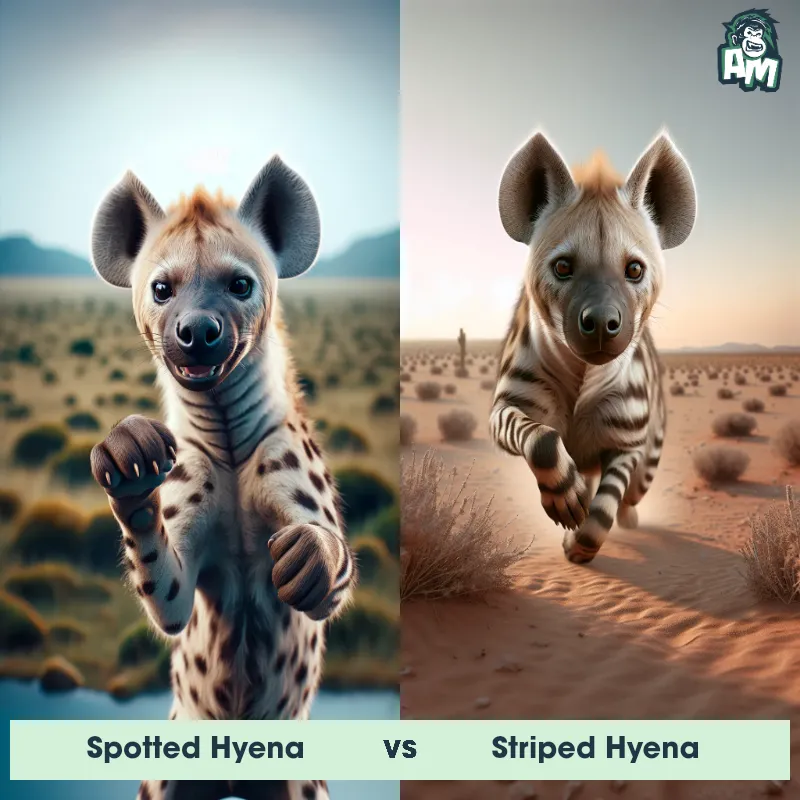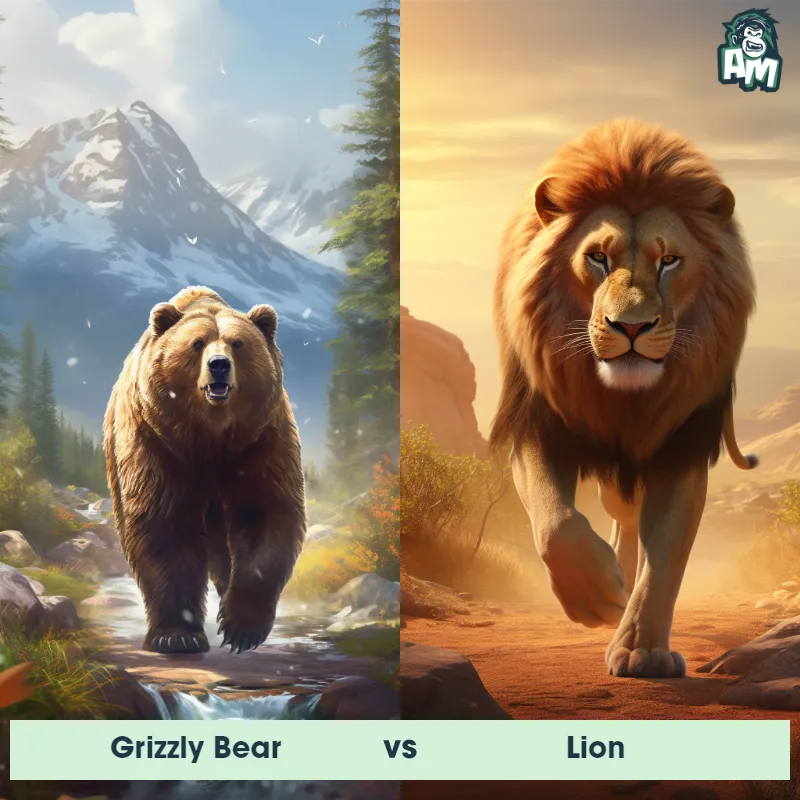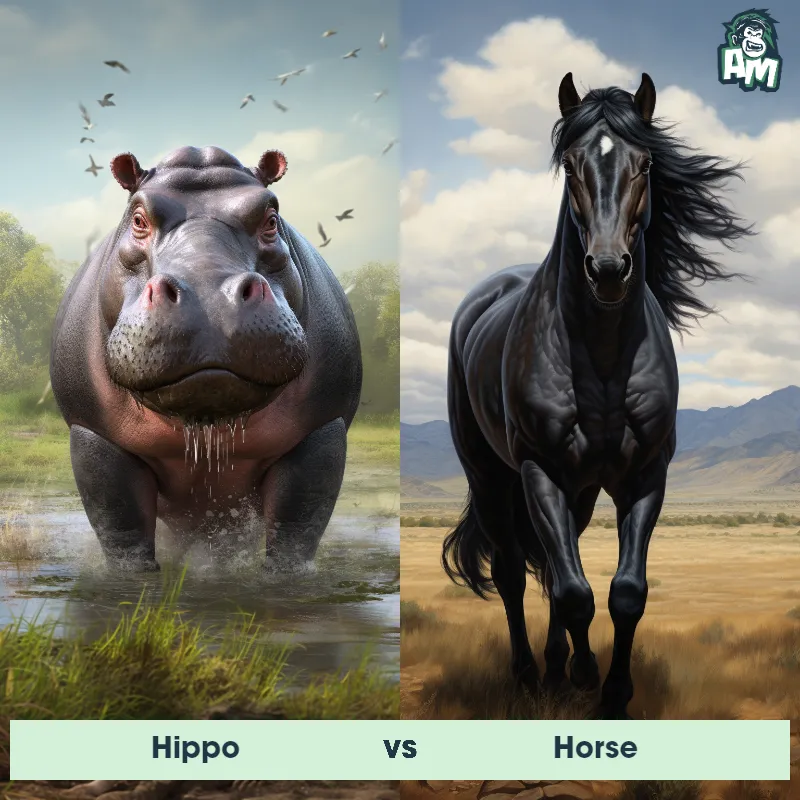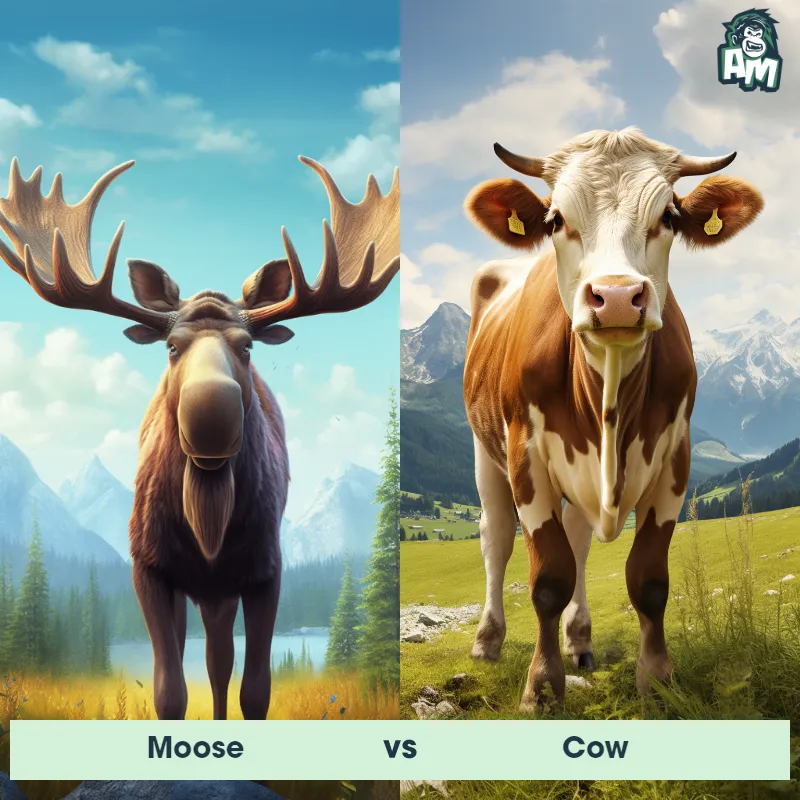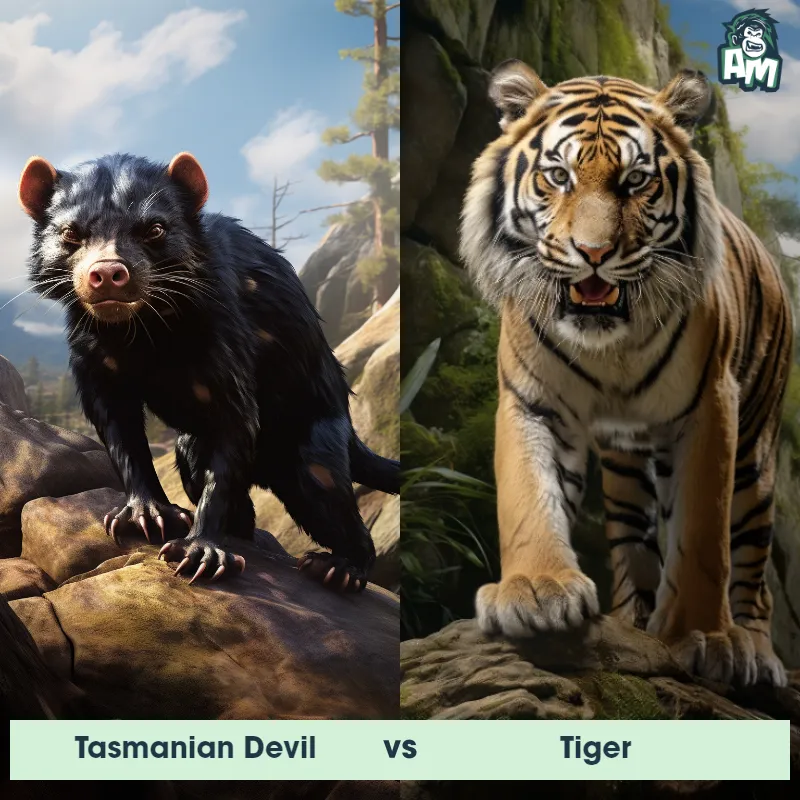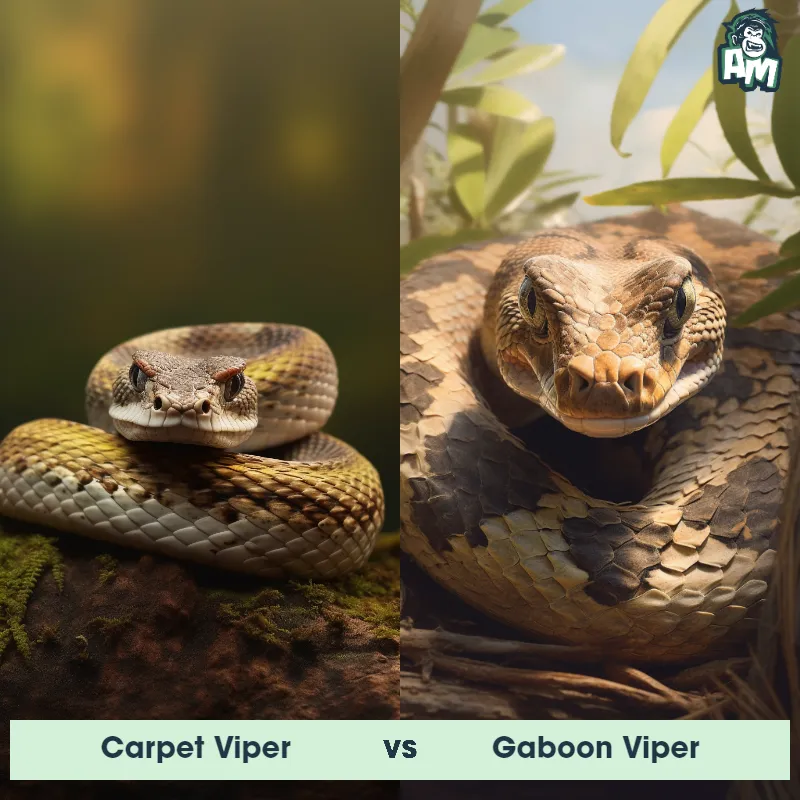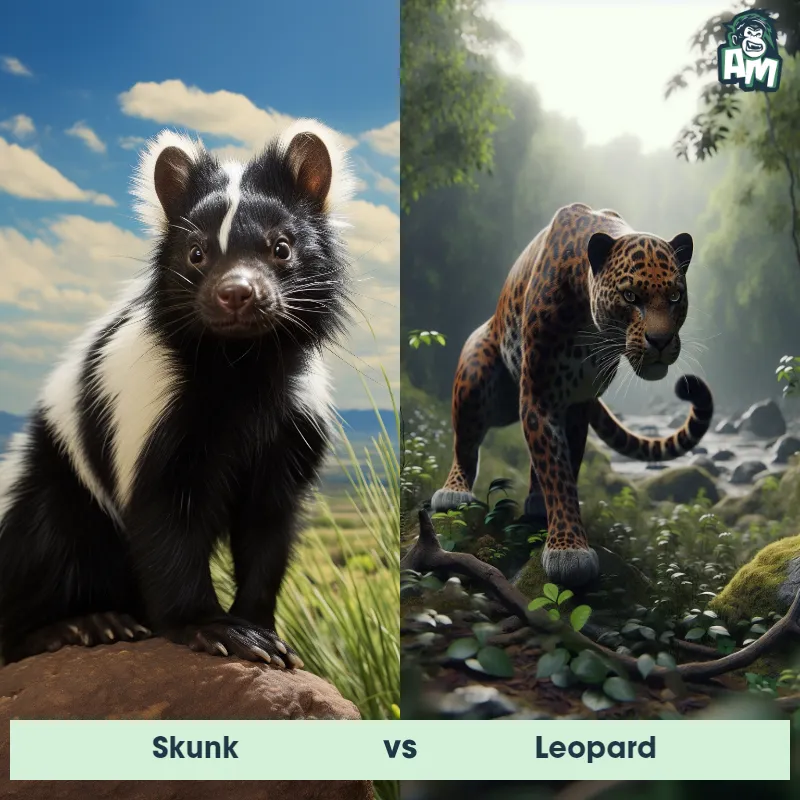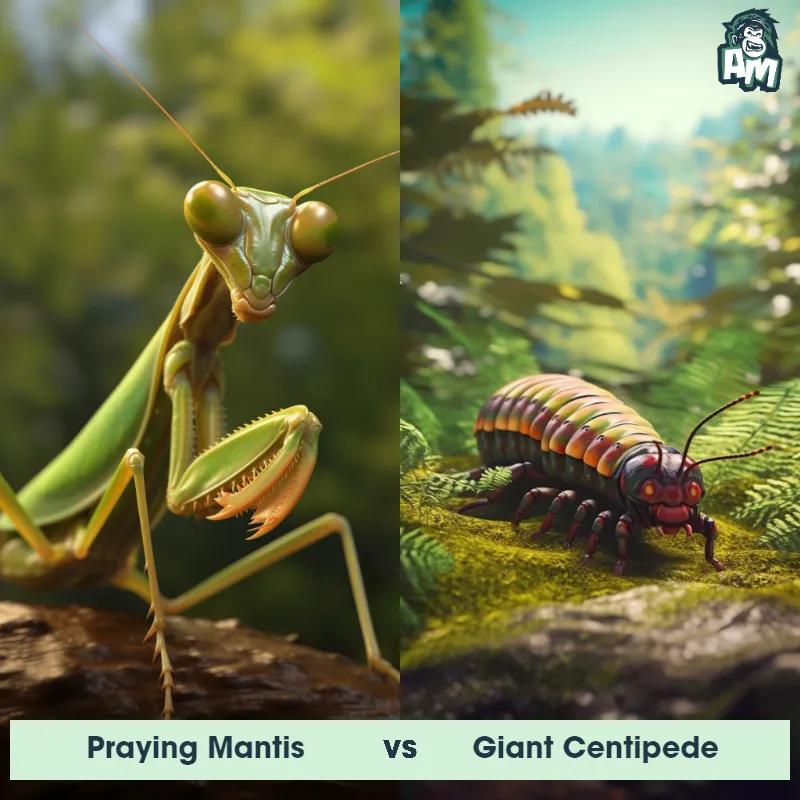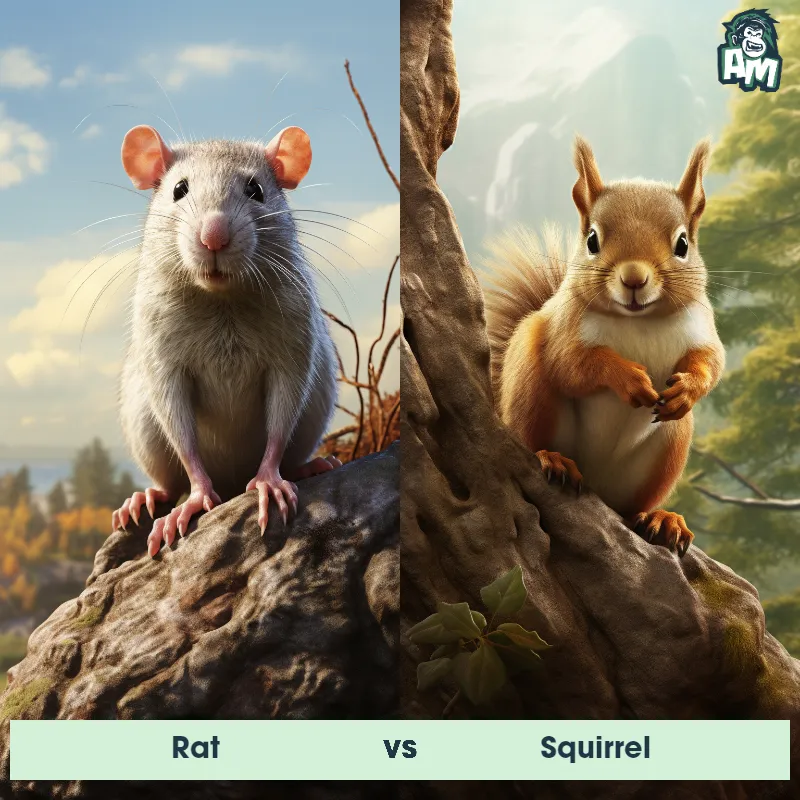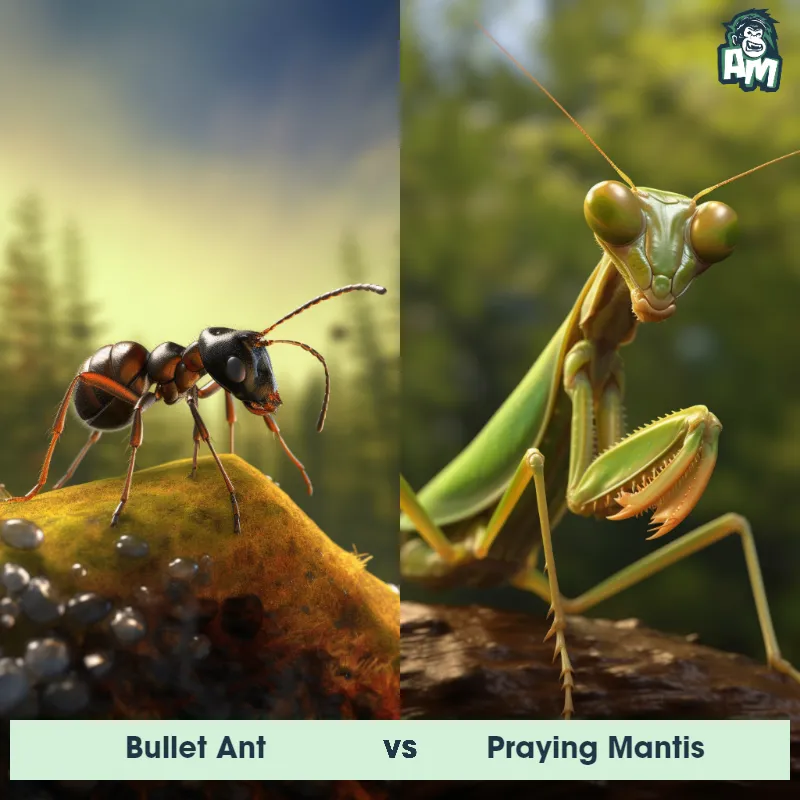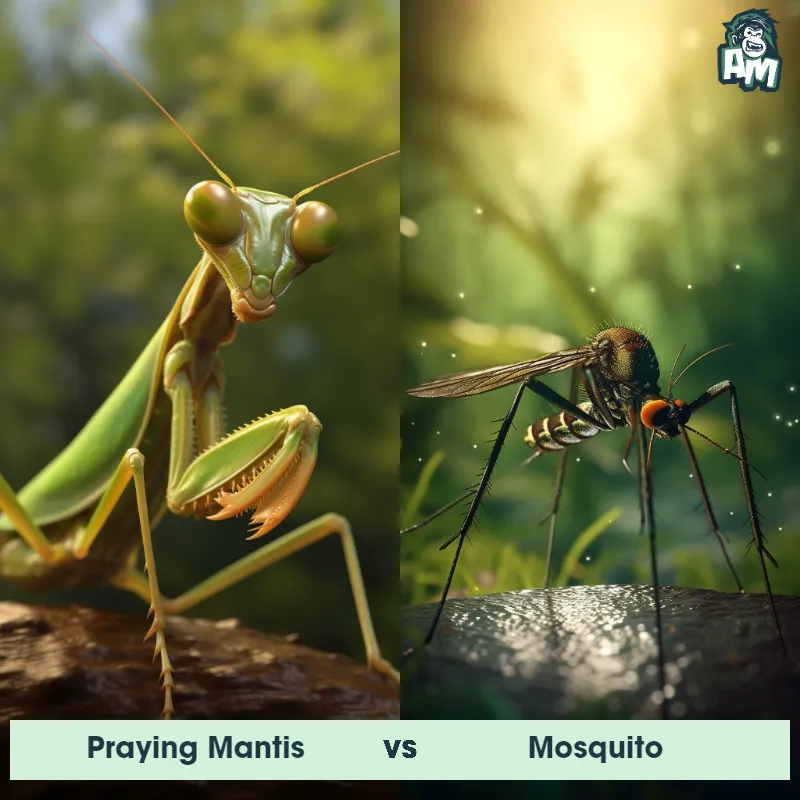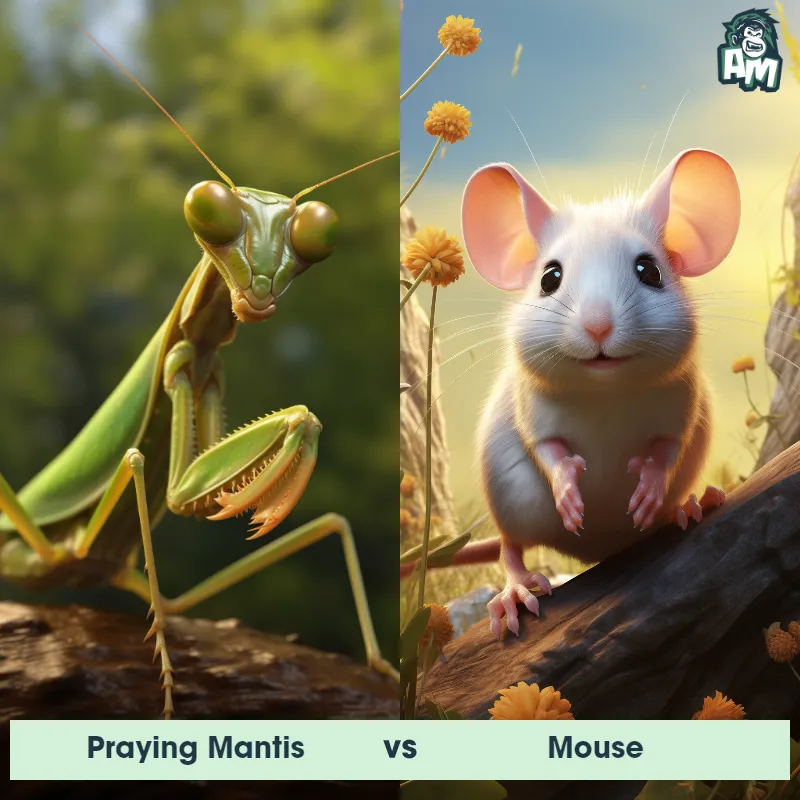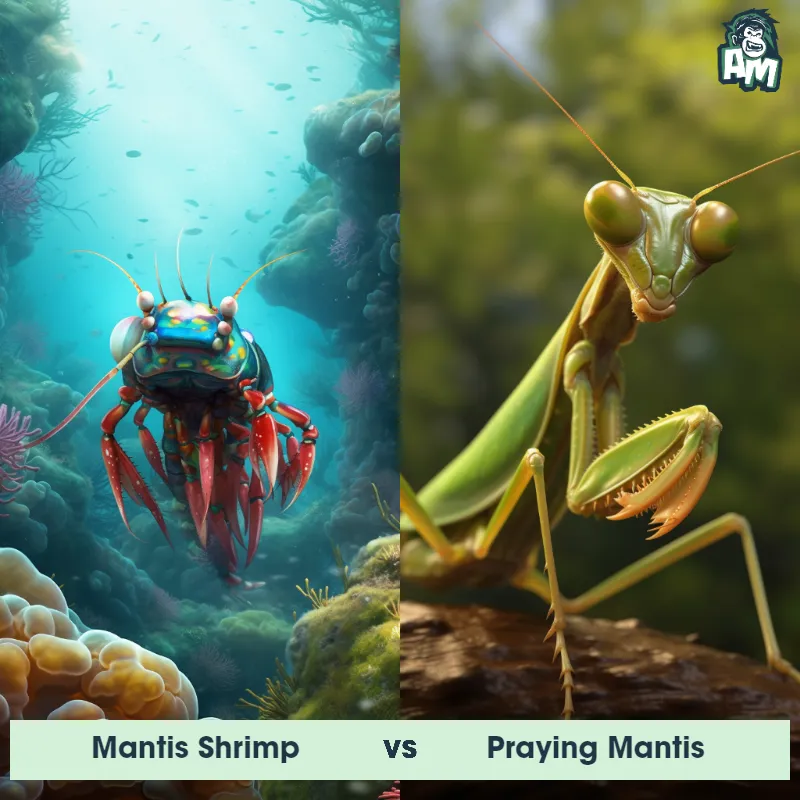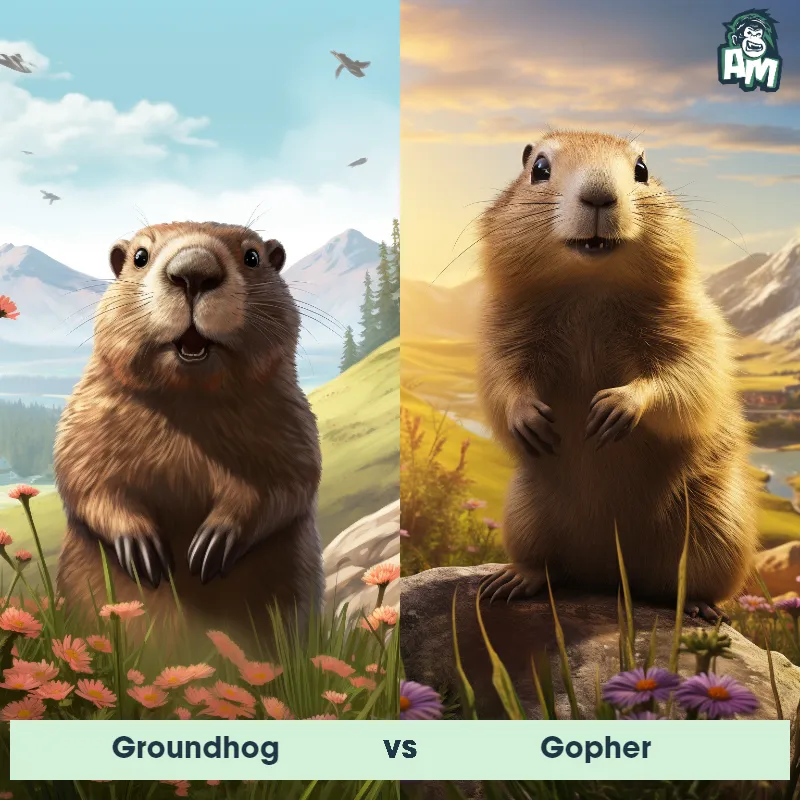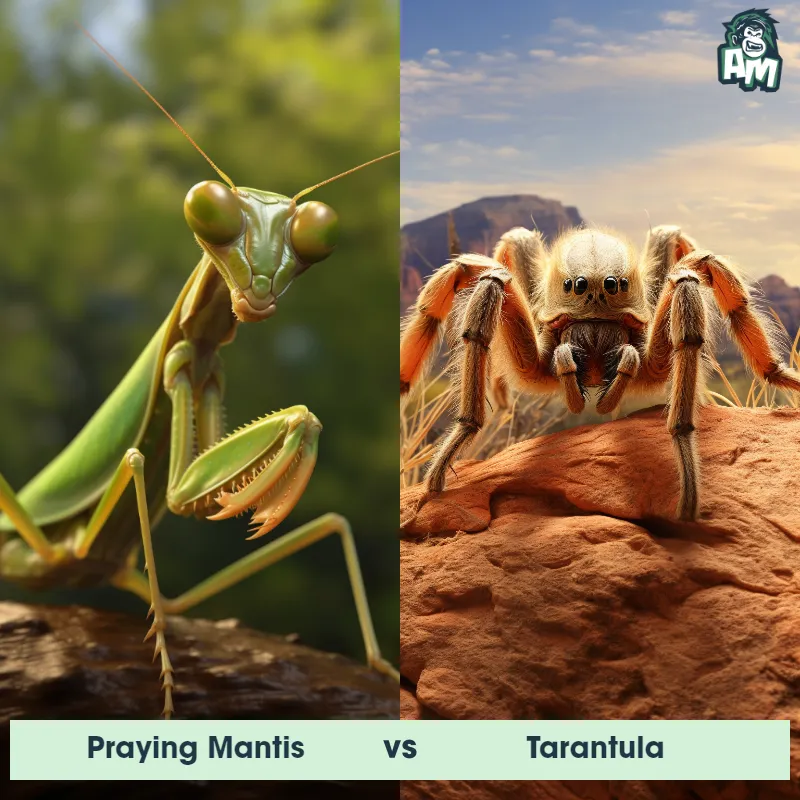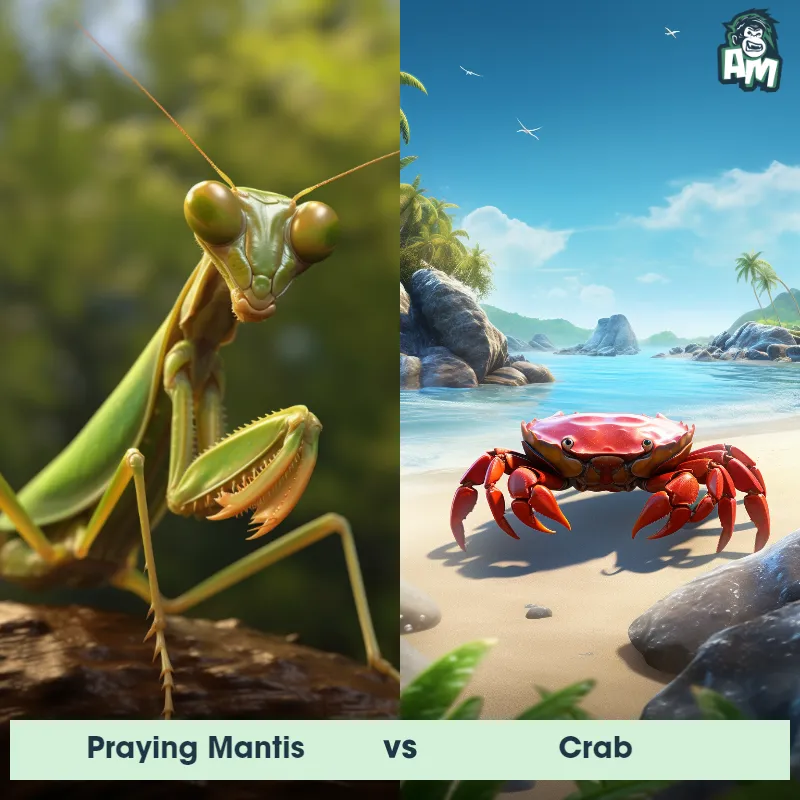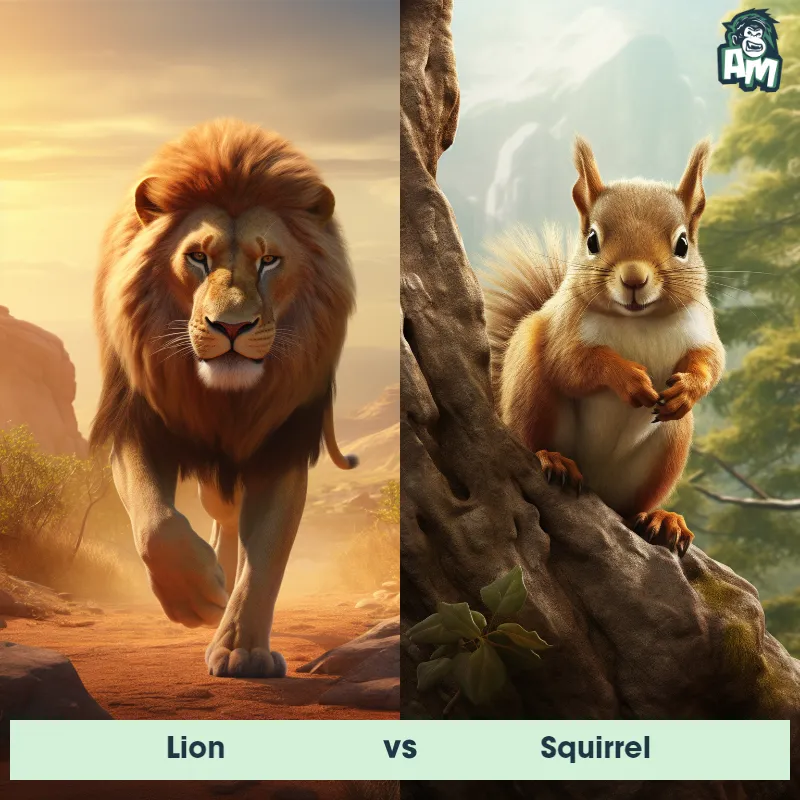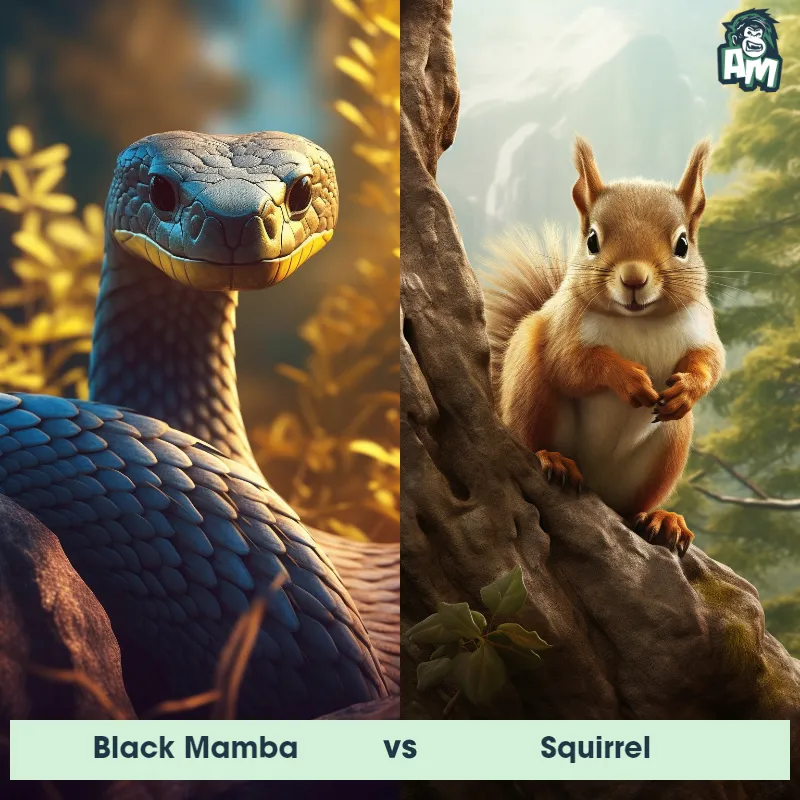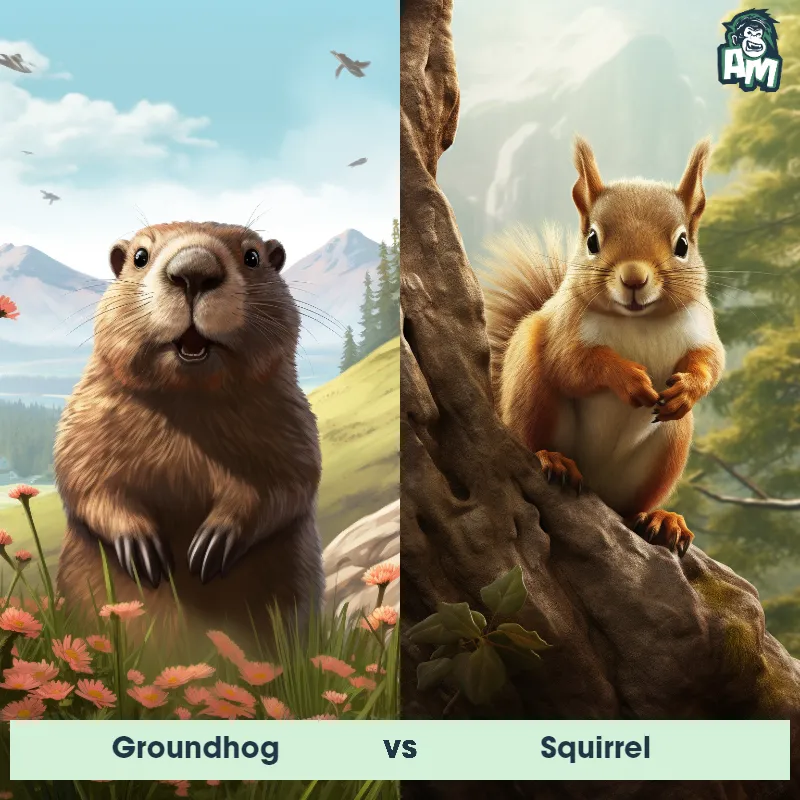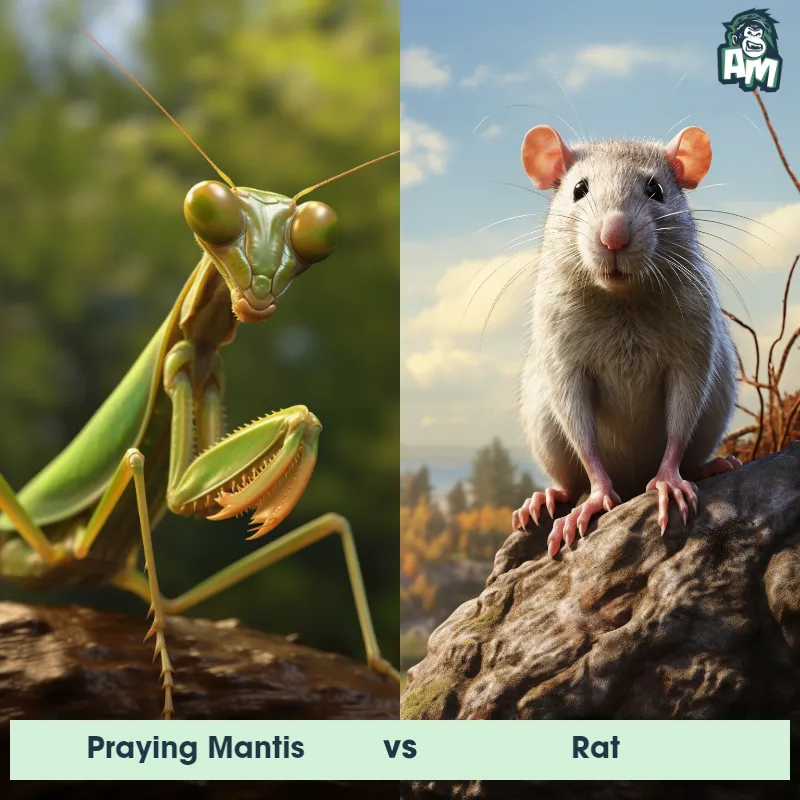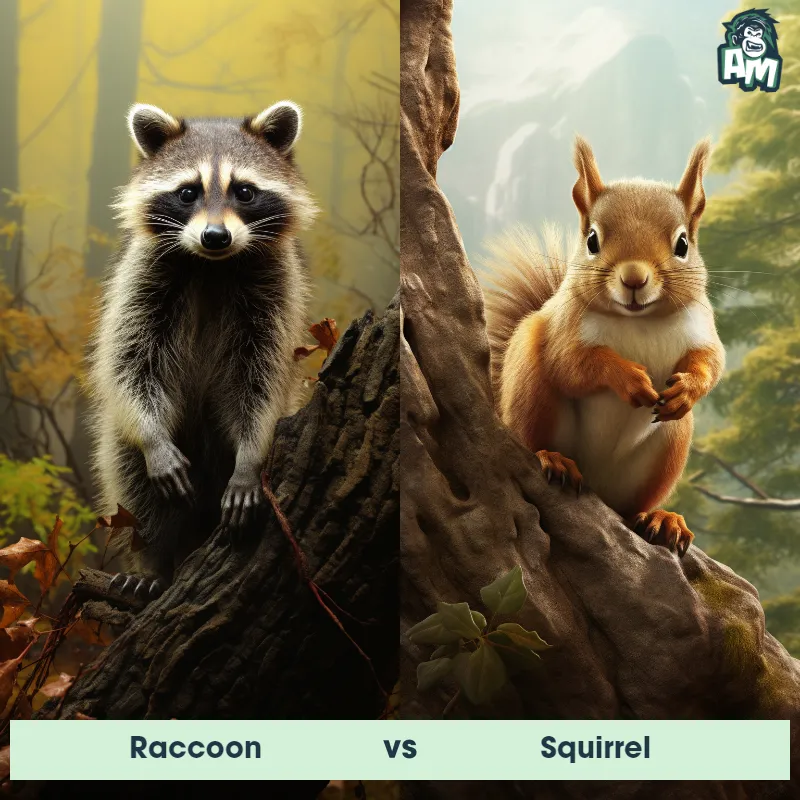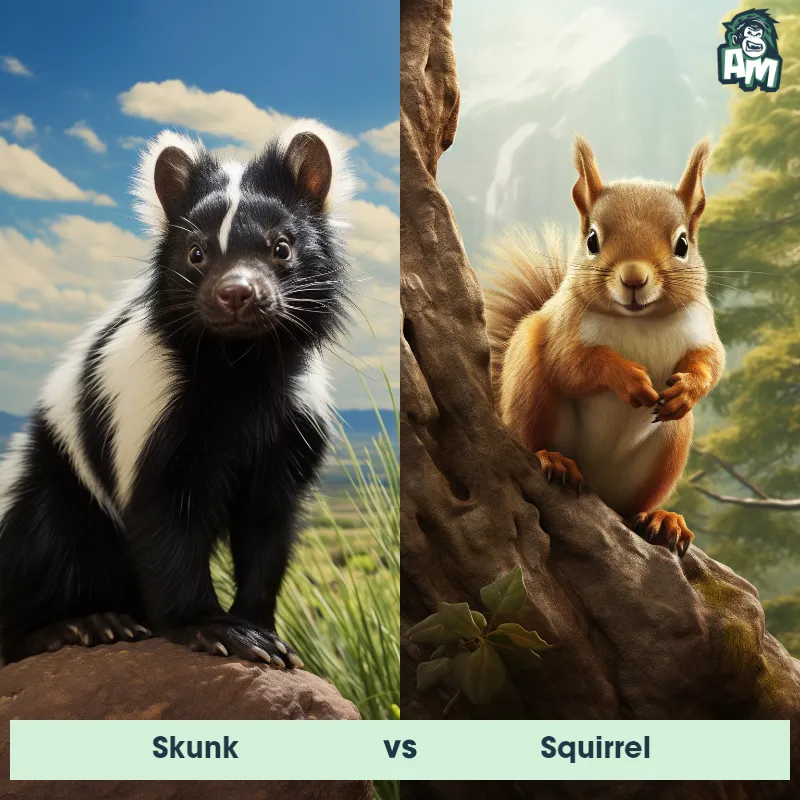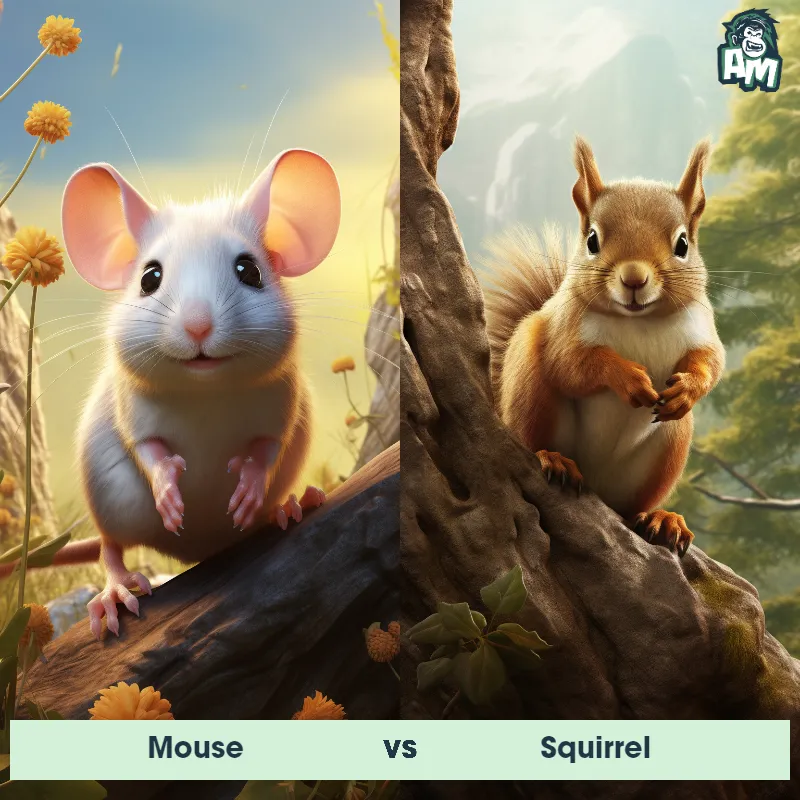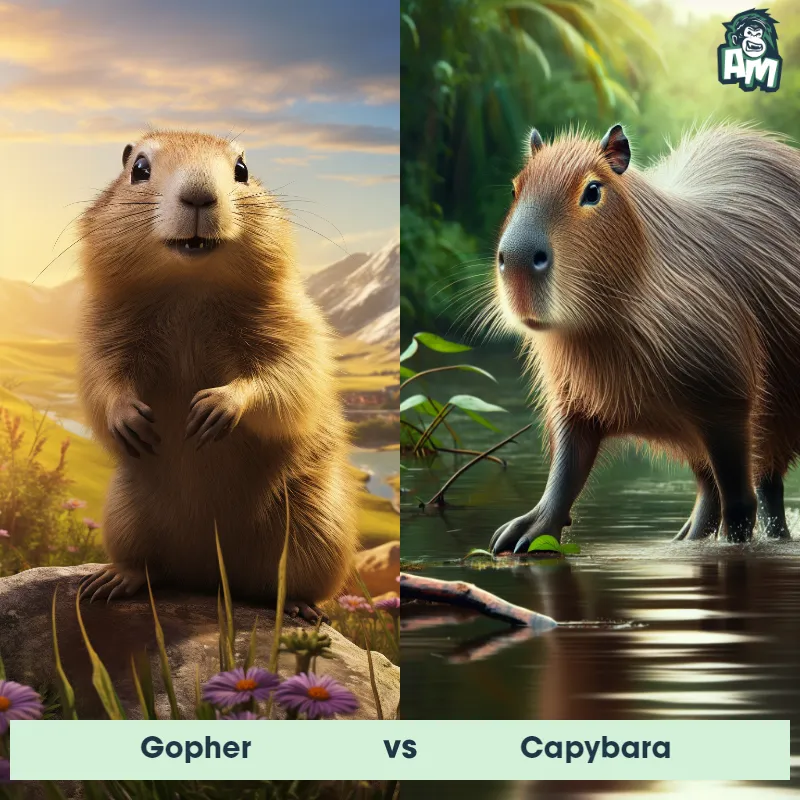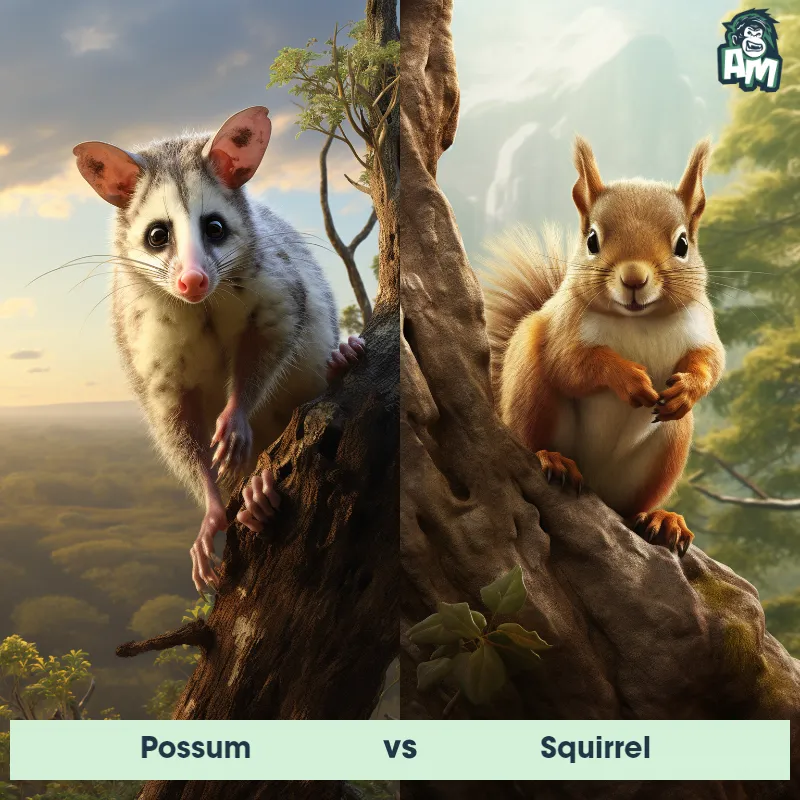Praying Mantis vs SquirrelSee Who Wins

Welcome, ladies and gentlemen, to this thrilling matchup between two extraordinary contenders here in our animal kingdom arena. We have an interesting face-off tonight, pitting the agile and cunning Praying Mantis against the nimble and acrobatic Squirrel. It's going to be an intense battle of nature's finest athletes, so let's not waste any time and dive right into the action!
Contender 1: Praying Mantis
The Praying Mantis is a fascinating insect known for its unique appearance and predatory behavior. With elongated bodies and large, triangular heads, these insects are easily recognizable. They have two large, compound eyes and three small simple eyes, which allow them to see in multiple directions at once. Their front legs are modified into powerful grasping appendages, which they use to catch and hold their prey. Praying Mantises are also known for their ability to camouflage themselves, blending in with their surroundings to avoid detection.
Fun Fact: Praying Mantises are known for their cannibalistic behavior, with females often eating their male partners after mating.
Contender 2: Squirrel
The Squirrel is a small to medium-sized rodent, known for its bushy tail and agile climbing abilities. They have a slender body covered in soft, silky fur and vary significantly in color, from red and brown to grey and black, depending on the species. Squirrels are arboreal creatures, meaning they spend a significant amount of time in trees, where they forage for nuts and seeds, their primary diet.
Fun Fact: Interestingly, squirrels plant thousands of new trees each year simply by forgetting where they buried their acorns and nuts, playing a crucial role in forest regeneration.
Matchup Stats
| Praying Mantis | Squirrel | |
|---|---|---|
| Size | 2-5 inches (5-13 cm) | 5-20 inches (13-51 cm) |
| Weight | 0.1-0.6 ounces (3-18 grams) | 0.5-1.5 lbs (0.2-0.7 kg) |
| Speed | Speed: 1.5 mph (2.4 km/hr) | 12 mph (19 km/h) |
| Key Strength | Powerful grasping front legs | Agility and Speed |
| Biggest Weakness | Vulnerable to being flipped onto their backs | Small Size and Lack of Defensive Weapons |
Current Votes
Praying Mantis vs Squirrel
See Who Wins
View More Matches
Looking For More?
Similar Matches
Scientific Stats
| Praying Mantis | Squirrel | |
|---|---|---|
| Scientific Name | Mantodea | Sciuridae |
| Family | Mantidae | Rodentia |
| Habitat | Terrestrial | Forests, Woodlands, Urban and Suburban Areas |
| Geography | Worldwide | Worldwide except Antarctica |
| Diet | Insects, spiders, and other small animals | Nuts, Seeds, Fruits, Insects, and Occasionally Bird Eggs |
| Lifespan | 6 months - 1 year | 5 years - 12 years |
Key Differences between Praying Mantis and Squirrel
- Size: The Praying Mantis typically measures around 2 to 6 inches long, whereas Squirrels range in size from 7 to 10 inches in length, not including their tail.
- Limbs: Praying Mantises have specialized, elongated forelimbs that are adapted for capturing and holding prey, while Squirrels have well-developed limbs with sharp claws for climbing trees and manipulating objects.
- Tail: Praying Mantises lack a notable tail, whereas Squirrels possess a long, bushy tail that helps with balance, communication, and thermal regulation.
- Color: Praying Mantises come in a variety of colors including green, brown, and even pink, depending on the species, while Squirrels are commonly seen in shades of brown, gray, and red.
- Body shape: Praying Mantises have a long, slender body with a distinct triangular head and large, compound eyes, whereas Squirrels have a more robust body with a rounded head and small, rounded eyes.
- Antennae: Praying Mantises have long, segmented antennae that they use to sense their surroundings and detect prey, while Squirrels have shorter, furry ears that aid in hearing and communication.




